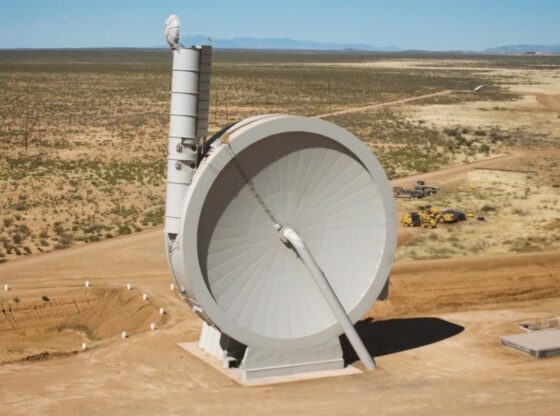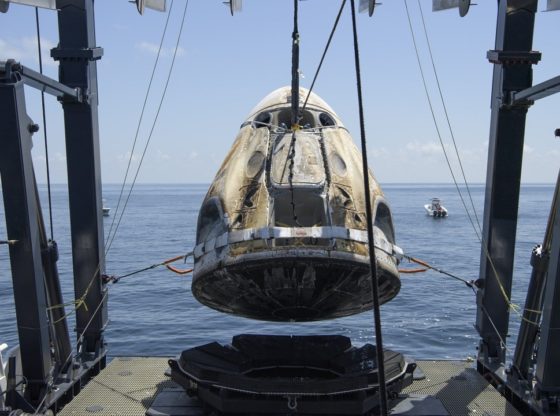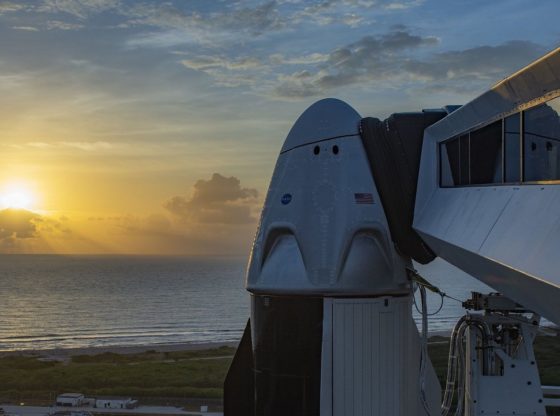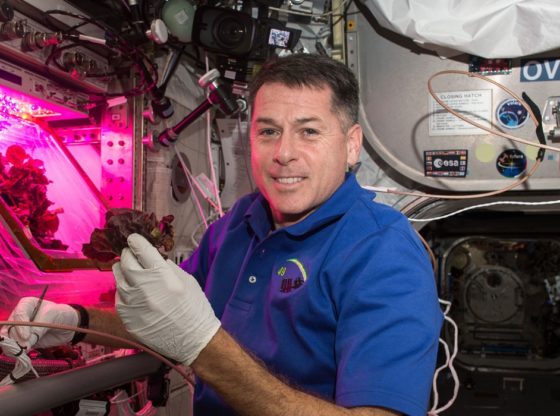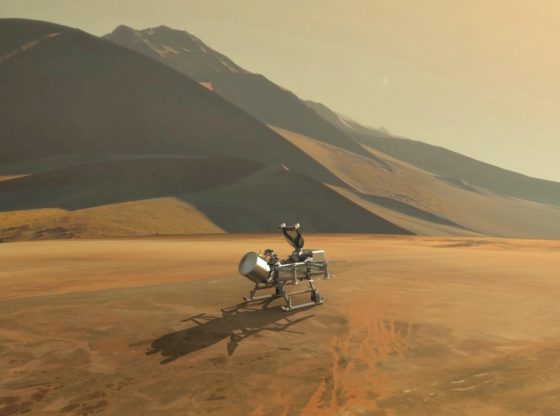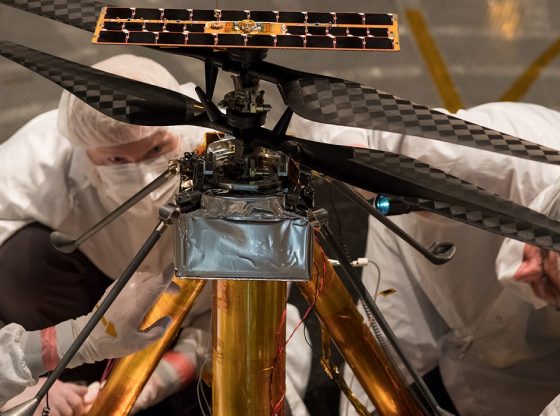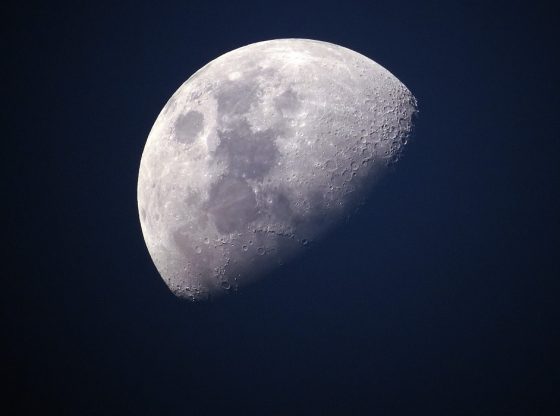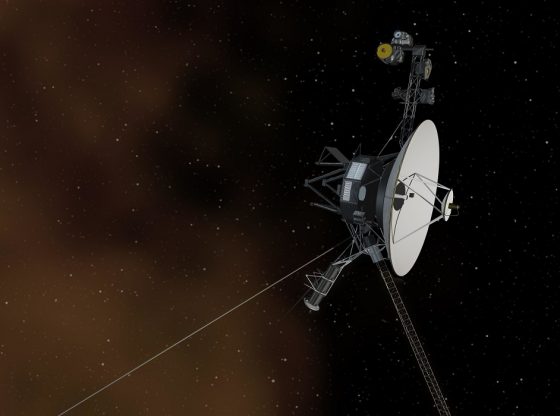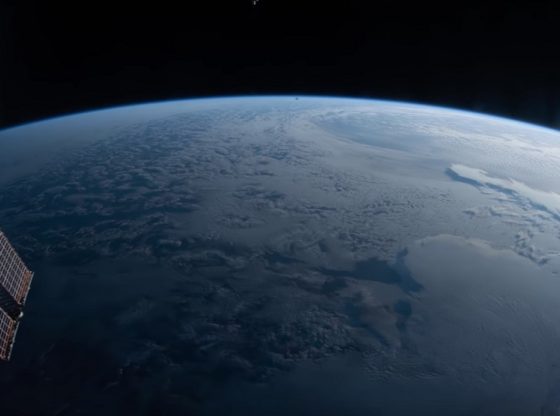
NASA launched the spacecraft Voyager 1 in 1977 to study the outer Solar System and the interstellar medium. The spacecraft has ever since been receiving routine commands and transmitting data back to the Deep Space Network. It is the farthest man-made object from Earth, at a distance of 120 astronomical units (1.8×10^10 km) as of February 2012.
Voyager 1 and 2 Enters Interstellar Space
Voyager 1 is believed to leave our solar system within one to two years and will thus be the first physical man-made objects to do so.
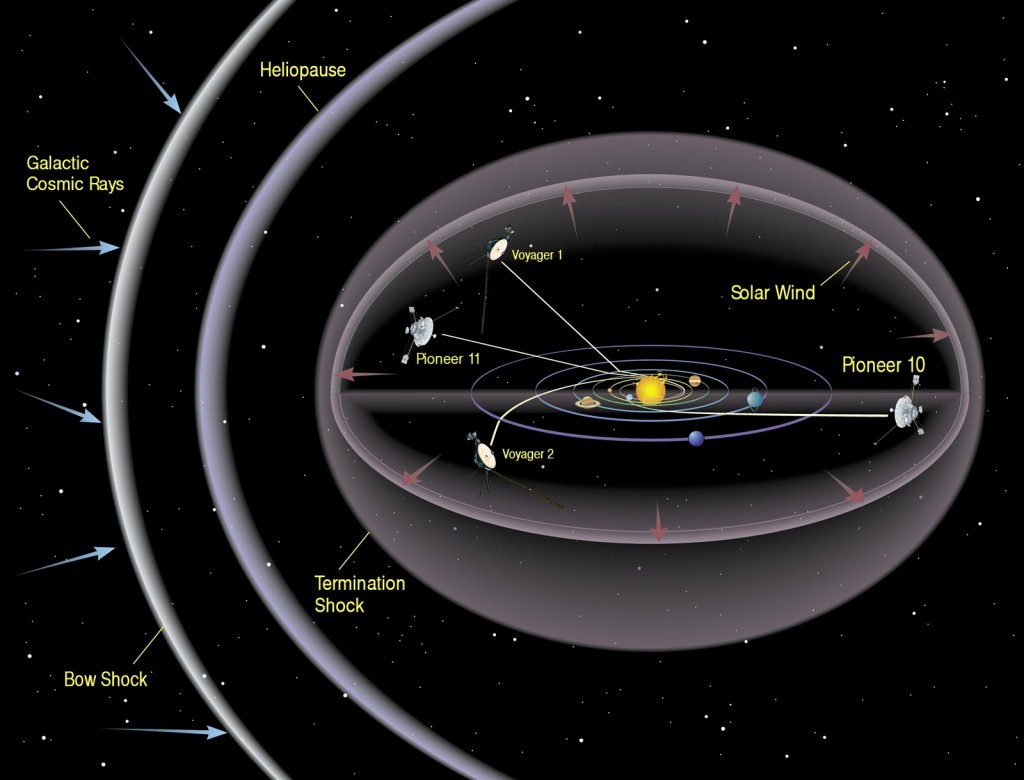
The data that Voyager 1 still sends back home now indicates that it has reached a new type of surrounding where conditions change rapidly. Based on this data NASA believes that Voyager 1 is near the “heliopause”, located at the boundary where our solar system ends.
A few months before the Voyager 1 was launched its sister spacecraft Voyager 2 was launched and it will soon also leave our solar system and continue into interstellar space until it will eventually crash into something.
Hello From Earth
Both Voyager spacecraft carry a “Voyager Golden Record”, these are phonograph records that contain sounds and images selected to portray the diversity of life and culture on Earth. And are intended for any intelligent extraterrestrial life form, or perhaps future humans who may find them.
As the celebrated astronomer, Carl Sagan noted “The spacecrafts will be encountered and the record played only if there are advanced space-faring civilizations in interstellar space. But the launching of this ‘bottle’ into the cosmic ‘ocean’ says something very hopeful about life on this planet”.
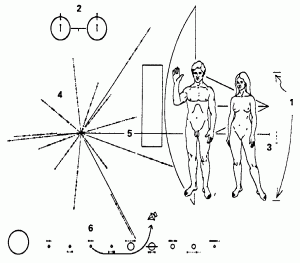
The Voyager probes were not the first equipped with means of communicating with potential probe finders. The Pioneer 10 and 11 probes were launched in 1972 and 1973, pioneered the idea of communicating with ET. As both carry small metal plaques identifying their time and place of origin for the benefit of any other spacefarers that might find them in the distant future.
Instruments is What makes the Probe
Voyager 1 has 16 hydrazine thrusters, three-axis stabilization gyroscopes, and referencing instruments (Sun sensor/Canopus Star Tracker) to keep the probe’s radio antenna pointed towards Earth.
The communication system of Voyager 1 was designed to be used to and beyond the limits of the solar system. The radio system includes a 3.7 meter in diameter parabolic dish to send and receive radio waves via the three Deep Space Network stations on the Earth.
Voyager 1s engine consists of three large, so-called “radioisotope thermoelectric generators”. Each contains 24 pressed plutonium-238 oxide spheres. The heat from these spheres generated about 157 watts of electric power at the launch, with the remainder being dissipated as waste heat. The total amount of electricity generated is about 470 watts.
The Voyager 1 and 2 will probably stop sending data back to Earth sometime between 2020 and 2025.
______________
NASA Voyager
NASA Voyager Mission
____________________________

